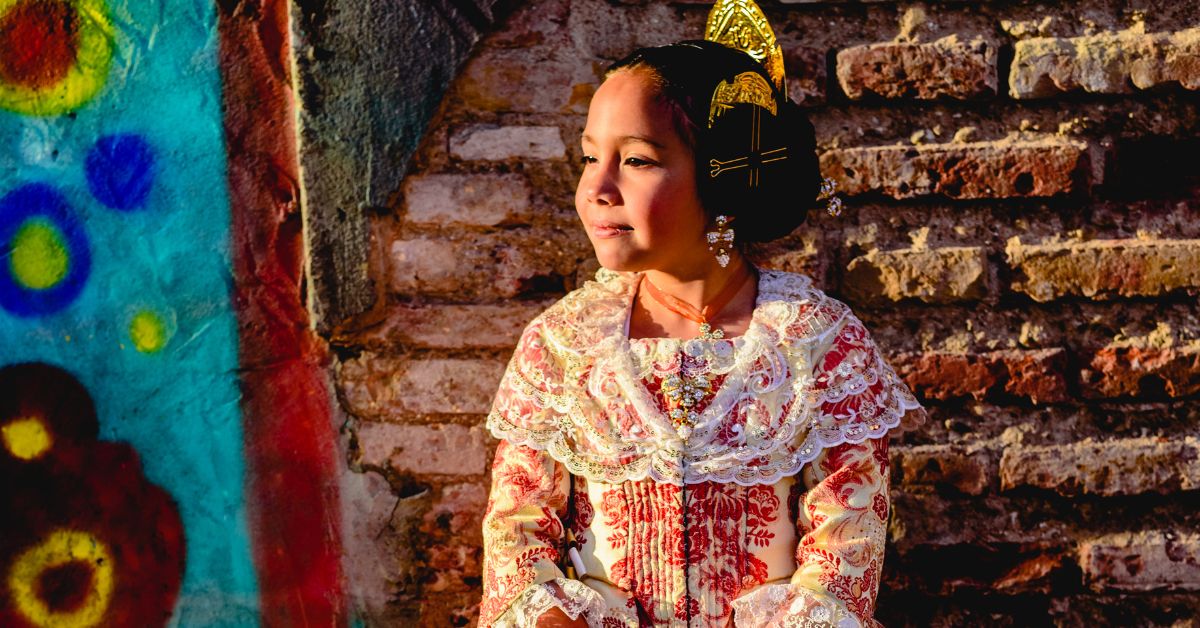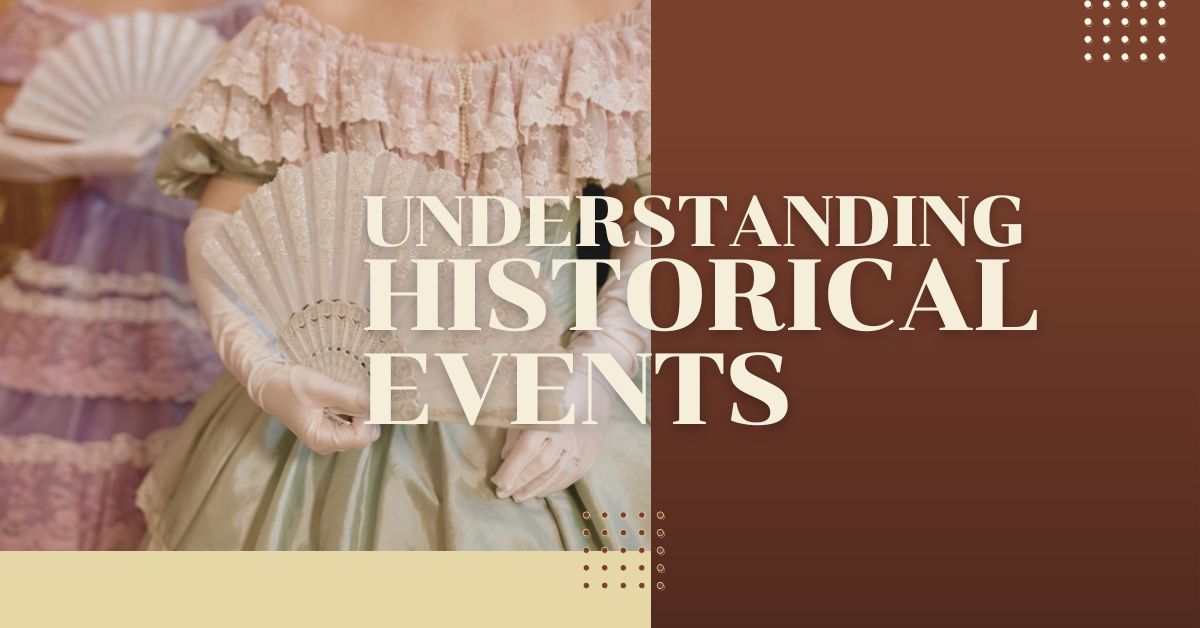In the diverse world of homeschooling, understanding historical events is a crucial part of a child’s education. It provides them with the context needed to comprehend the complexities of today’s world and fosters a sense of identity and cultural awareness. However, making history come alive for young learners can be challenging. Enter creative projects, a dynamic tool for homeschooling parents to enhance their history lessons.
By engaging children in activities that go beyond rote memorization, these projects can transform the homeschool history curriculum into an exciting adventure through time.
The Benefits Of Creative Projects For Comprehensive Learning
Engaging students in creative projects offers numerous educational advantages, stretching far beyond the confines of traditional learning. First, these projects enhance critical thinking. When students participate in activities like historical reenactments or creative writing, they learn to analyze information, evaluate different viewpoints, and synthesize new ideas. This kind of thinking is essential not only for understanding history but for lifelong learning. Creative projects also hone research skills.
To accurately portray a historical event or write a historically accurate story, students must dig deep into various sources of information. This process teaches them how to gather, assess, and interpret data—a skill that is valuable across all subjects and future careers.
Additionally, such projects foster a deeper connection to the past, helping students relate historical events to their own experiences and the world around them. By involving students in the creation process, homeschool educators can promote active learning. This engagement often leads to stronger retention of information compared to passive learning methods like lectures or textbook reading.
Creative projects encourage students to explore topics that interest them, which can ignite a passion for learning and make history a favorite subject.
Understanding Historical Events Through Creative Projects
History is more than just memorizing dates and names; it’s an intricate story that shapes the world we live in today. Engaging students with creative projects helps bring this story to life, fostering deeper understanding and empathy. Below are some dynamic ways you can explore history through hands-on learning activities.
- Historical Reenactments
Step into the shoes of historical figures through reenactments.- Act out key events, from famous battles to everyday life in the past.
- Small-scale productions or simple role-plays help students connect emotionally with history.
- This approach builds empathy and provides a tangible link to the events that shaped the world.

- Timeline Construction
Map out history visually with timelines to explore cause-and-effect relationships.- Use paper and pencil, digital apps, or interactive boards to adapt to available resources.
- Timelines bring clarity to the sequence of events and how they influence one another.
- Writing Historical Fiction
- Encourage students to write stories set in specific historical periods.
- Blending facts with creativity deepens their understanding of social, economic, and political contexts.
- Bonus? It also enhances their writing skills and vocabulary.
- Art Projects with a Historical Twist
Get creative with art to explore key historical events or figures.- Paint scenes from famous events or craft sculptures of historical leaders.
- Use vibrant colors and forms to express interpretations of history.
- Historical Cooking
Travel back in time through your taste buds.- Prepare and taste recipes from various historical eras or regions.
- Discuss trade, agriculture, and daily life while connecting to cultural and economic factors.
- Music and Dance from the Past
Experience history through its rhythms and melodies.- Learn traditional songs or dances from different eras.
- Performing a medieval dance or colonial tune brings cultural heritage alive while teaching about societal traditions.
- Model Building
Recreate historical architecture to explore the past hands-on.- Build models of landmarks like pyramids, the Colosseum, or medieval castles.
- This activity merges historical research with planning and critical thinking.
- Creating Historical Board Games
- Design board games based on historical eras or events.
- Students explore strategies, decisions, and societal dynamics while reinforcing their learning through play.
- Scrapbooking
- Compile an artistic scrapbook of a specific time period.
- Include imagery, artifacts, newspaper clippings, and more.
- This approach allows students to visualize historical lifestyles and trends creatively.
- Ancestry Exploration
Make history personal with a deep dive into family heritage.- Research family trees, interview relatives, and create a family history journal.
- This personalizes learning, showcasing how large events impacted individual lives.
- Digital Storytelling
Modernize history lessons with collaborative digital narratives.- Use online tools to create stories incorporating images, audio, and video.
- This interactive method blends technology with historical exploration for a fresh perspective.
- Diorama Construction
Visualize history by building three-dimensional scenes.- Recreate pivotal moments like ancient cities or treaty signings.
- Dioramas provide a tactile way to understand spatial and societal contexts.
Whether through hands-on projects or creative storytelling, these activities help students actively engage with the past, making history more relatable and memorable. Through creativity, the past comes alive and offers lessons that resonate far into the future.
Implementing Creative Projects In The Homeschool Curriculum
Incorporating creative projects into the homeschool history curriculum requires thoughtful planning and flexibility. Start by identifying topics within the curriculum that could benefit from a hands-on approach. Consider the interests and strengths of your child when selecting projects, as this can increase their motivation and involvement. For instance, a child interested in art might enjoy creating illustrated timelines, while a child who loves performing arts might thrive in historical reenactments. Time management is another critical factor.
Allocate specific times in your schedule for project work, ensuring that it doesn’t overwhelm other areas of study. Depending on the project’s complexity, it may be spread over several days or weeks. Set realistic deadlines and be open to extending them if necessary to accommodate deeper exploration or unexpected challenges. Evaluation is also an essential aspect of project-based learning. Establish clear criteria for success based on effort, creativity, and adherence to historical accuracy.
Providing constructive feedback fosters improvement and can guide future projects. Encourage your child to reflect on their learning experience and share their projects with family or a broader community, which can further enrich the educational experience.
Understanding historical events through creative projects can significantly enrich a homeschooling curriculum. These projects not only make learning history more engaging but also develop essential skills such as critical thinking, research, and creativity. For homeschooling parents, integrating these strategies offers an opportunity to transform history lessons into memorable and meaningful experiences. We encourage you to explore these creative approaches in your homeschool history curriculum. Share your experiences and insights with fellow homeschooling parents or communities, as collaboration can lead to more innovative methods and ideas.
Fostering A Love For History
By fostering a love for history through innovative projects, you’re not only teaching your child about the past but also preparing them for a future filled with curiosity and discovery. For those interested in additional support, consider joining online forums or local homeschooling groups where resources and project ideas are regularly shared. Engaging with a community of like-minded educators can provide valuable tips and inspiration to keep your homeschool history curriculum both comprehensive and exciting.





